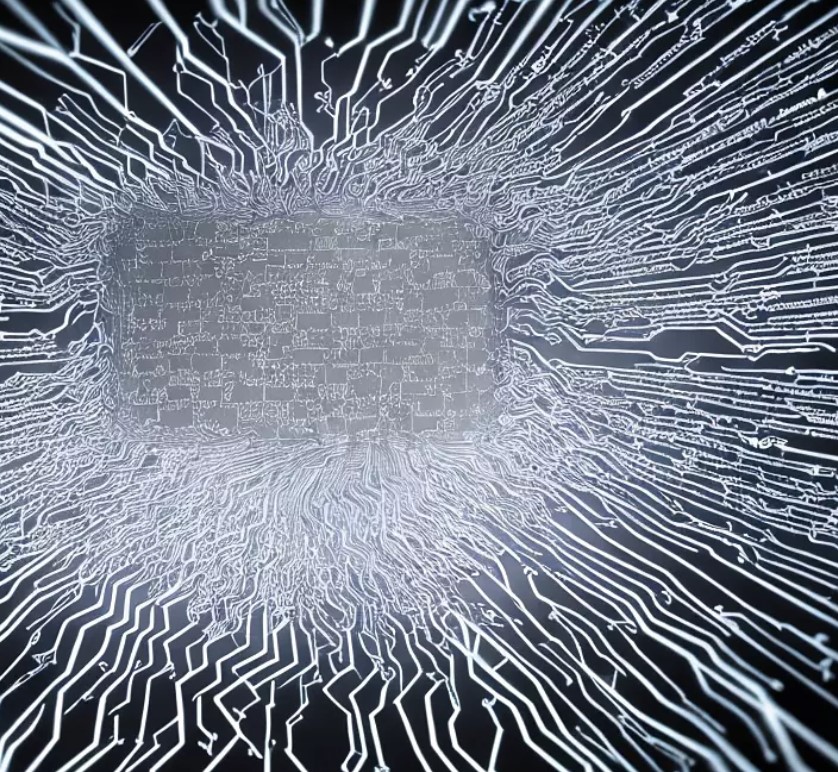The dark web, often associated with hidden and sometimes illegal activities, is a mysterious part of the internet. However, beneath this secrecy lies a fascinating world of encrypted communication channels. In this article, we’ll explore how these hidden networks work and the technology that powers them.
Hidden networks are crucial in the dark web ecosystem because they allow people to communicate securely and anonymously. These networks use advanced encryption techniques to ensure that messages stay private and can’t be intercepted. Unlike the regular internet, where data can be easily traced, hidden networks route messages through multiple relays, making it nearly impossible to trace where they come from or go to.
One well-known example of a hidden network is Tor, short for “The Onion Router.” Tor uses multiple layers of encryption and random routing through volunteer-operated servers called nodes or relays. Messages hop from one relay to another, reaching their destination without revealing any information about the sender or recipient.
Tor uses advanced encryption methods like RSA for secure key exchange between nodes and clients. This ensures that only authorized recipients with the right private keys can decrypt messages.
Another interesting aspect of encrypted communication on the dark web involves decentralized peer-to-peer systems, like I2P (Invisible Internet Project). These systems create secure networks where users connect directly, without relying on intermediary servers. They use various encryption methods, such as Elliptic Curve Cryptography (ECC), to protect communications.
Hidden network protocols also employ tunneling, where data is encapsulated in a different protocol before transmission. For instance, many dark web platforms use Virtual Private Networks (VPNs), which create encrypted tunnels between users’ devices and nodes in different locations worldwide. This not only helps users bypass geo-restrictions but also shields their online activities from easy tracking.
In summary, hidden networks in the dark web use advanced encryption and anonymity tools to create secure communication channels that resist surveillance and interception. They rely on cryptographic techniques like RSA and ECC, decentralized systems like DHTs, tunneling methods like VPNs, and other sophisticated mechanisms to ensure privacy while exchanging information.
As cybersecurity evolves to counter threats in these complex ecosystems, researchers and experts must stay vigilant, monitoring emerging cryptographic tools. This helps uncover potential risks and maintain the integrity and safety of our digital world.

